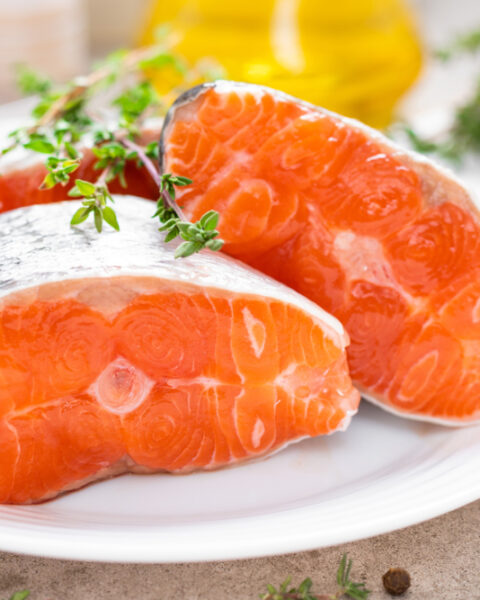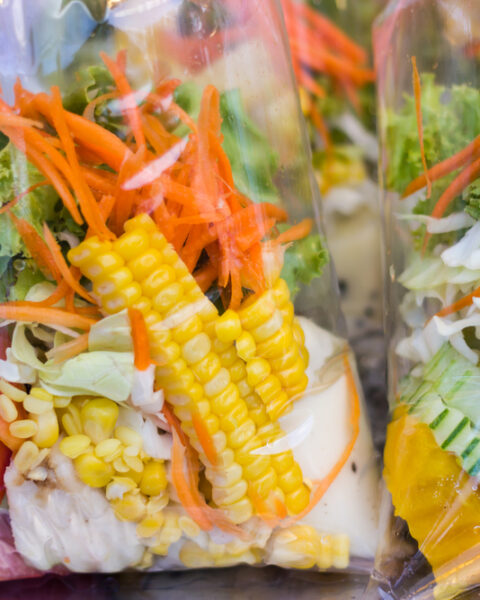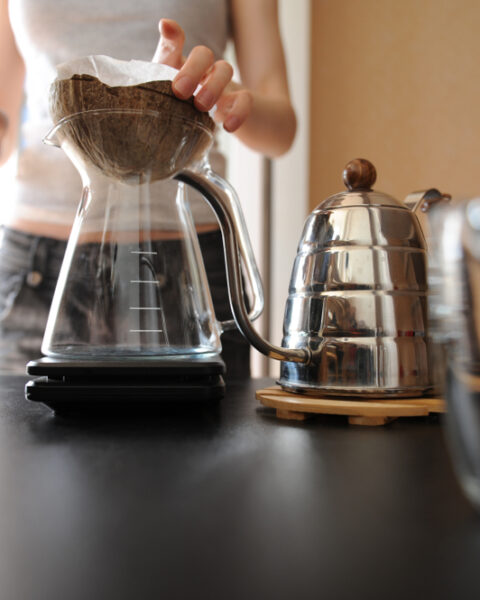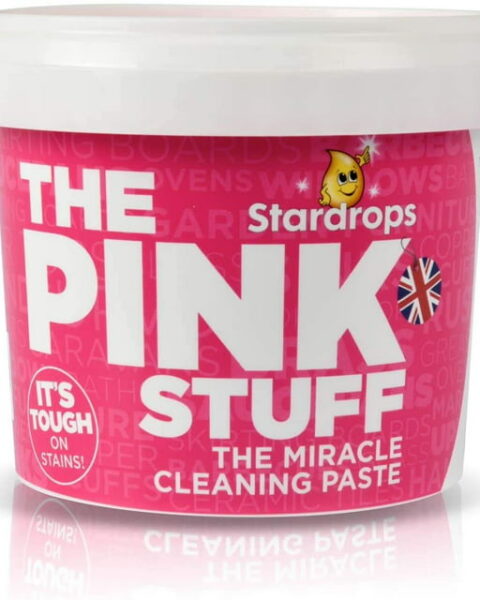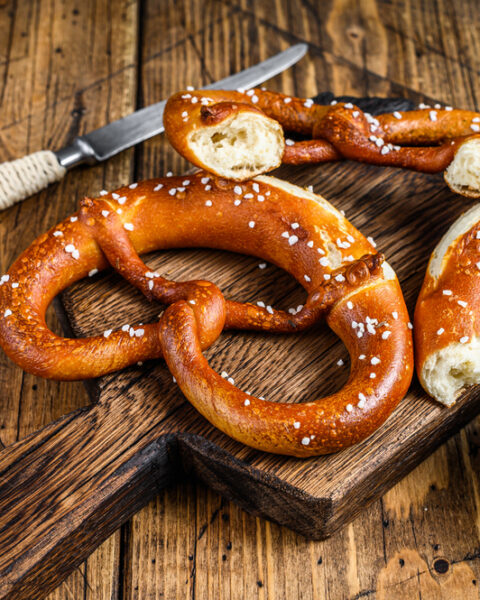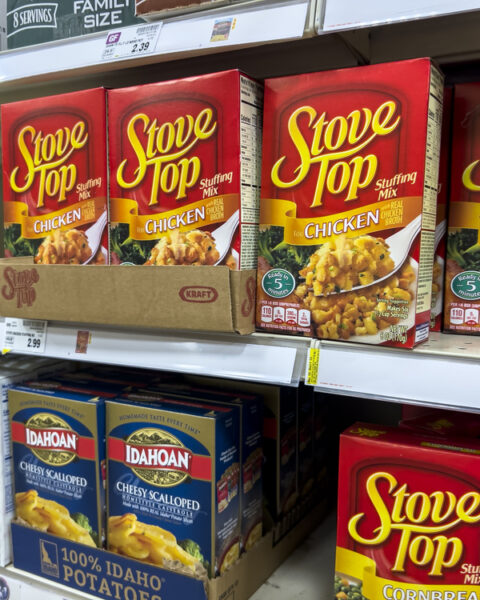Sugar has a sneaky way of showing up in the most unexpected places. You think you’re making a smart choice, but that innocent-looking product is packing more sugar than you’d ever guess. From pantry staples to everyday favorites, there are some surprising sugar bombs hiding in plain sight on grocery shelves. Sit back as you witness the uncovering of the sweet truth about packaged foods that have way more sugar than you would expect—brace yourself for some eye-openers!
Contents
- 1 Granola Bars
- 2 Flavored Yogurt
- 3 Instant Oatmeal
- 4 Ketchup
- 5 Bottled Smoothies
- 6 Salad Dressing
- 7 Canned Tomato Sauce
- 8 Breakfast Cereals
- 9 Fruit Snacks
- 10 Flavored Coffee Creamers
- 11 Canned Fruit
- 12 Sports Drinks
- 13 Instant Noodles
- 14 Barbecue Sauce
- 15 Instant Pudding Mixes
- 16 Fruit Juices
- 17 Breakfast Muffins
- 18 More From RetailShout
- 19 10 Common Mistakes Everyone Makes When Cooking Mushrooms
- 20 10 Coffee Concentrates You’ll Love, Ranked by Quality
Granola Bars
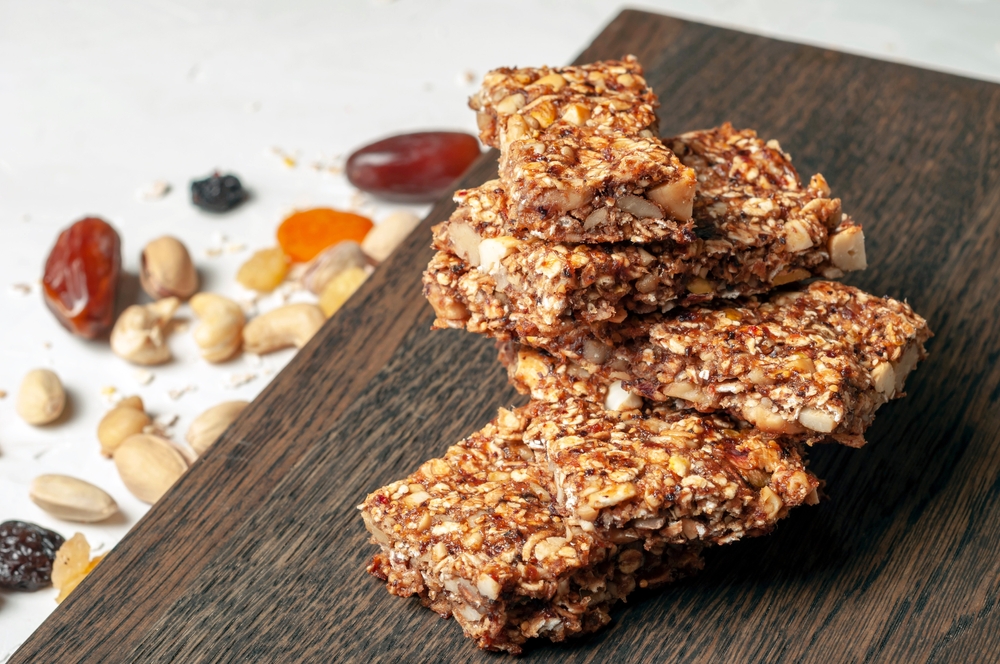
Often considered a healthy snack, granola bars can be loaded with sugar. A single bar can have up to 15 grams of sugar, depending on the flavor and brand. Ingredients like honey, chocolate chips, and dried fruit add even more sweetness. Some brands use syrup as a binder, further increasing the sugar content. While they offer fiber and nutrients, the hidden sugars can spike your blood sugar quickly. Always check the label for added sugars before picking up your favorite granola bar.
Flavored Yogurt
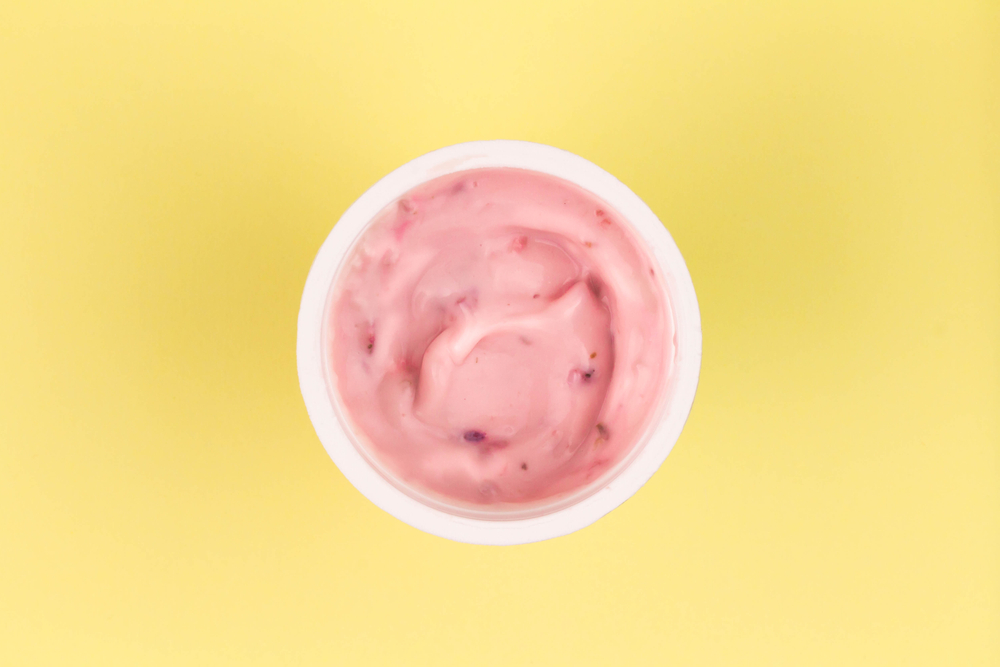
Yogurt is typically seen as a nutritious choice, but the flavored varieties can contain shockingly high amounts of sugar. A typical serving can pack as much as 20 grams of sugar, which is equivalent to five teaspoons. This is often due to added sweeteners like fruit syrups or cane sugar. Many brands use low-fat as a selling point, but the sugar is used to compensate for the flavor lost with the fat. Opting for plain yogurt and adding fresh fruit can reduce your sugar intake significantly.
Instant Oatmeal
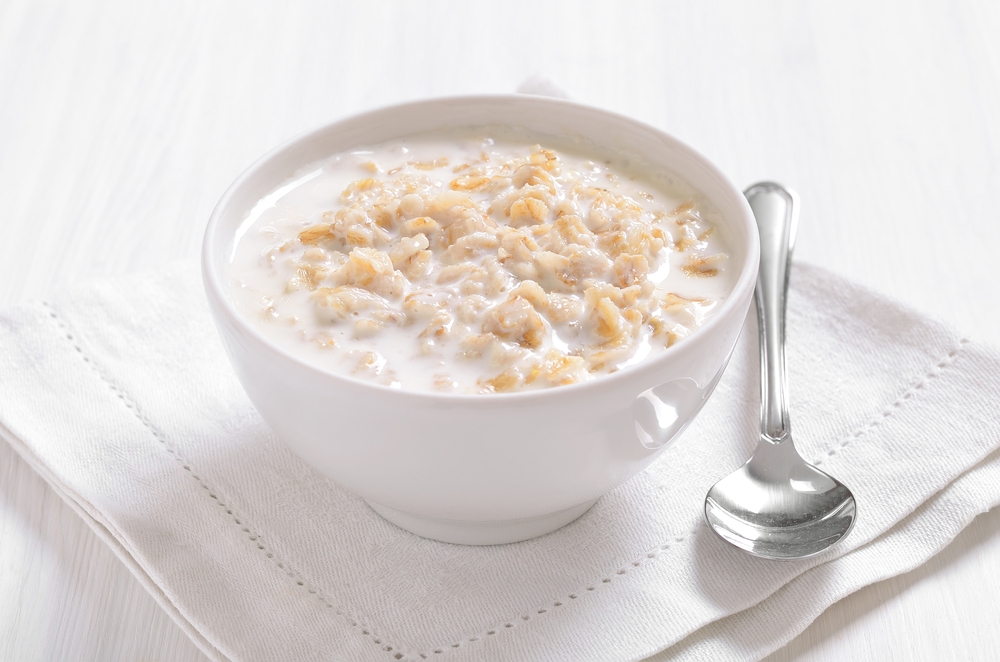
Instant oatmeal might seem like a healthy, quick breakfast option, but many flavored varieties come with lots of added sugar. A single serving can contain up to 12 grams of sugar, especially when flavored with maple syrup or fruit. While oatmeal is a great source of fiber and can be part of a balanced diet, the pre-flavored versions often sneak in more sugar than necessary. If you’re making oatmeal, try unsweetened versions and add your own fruit or spices for natural sweetness. This way, you can control how much sugar you’re consuming.
Ketchup
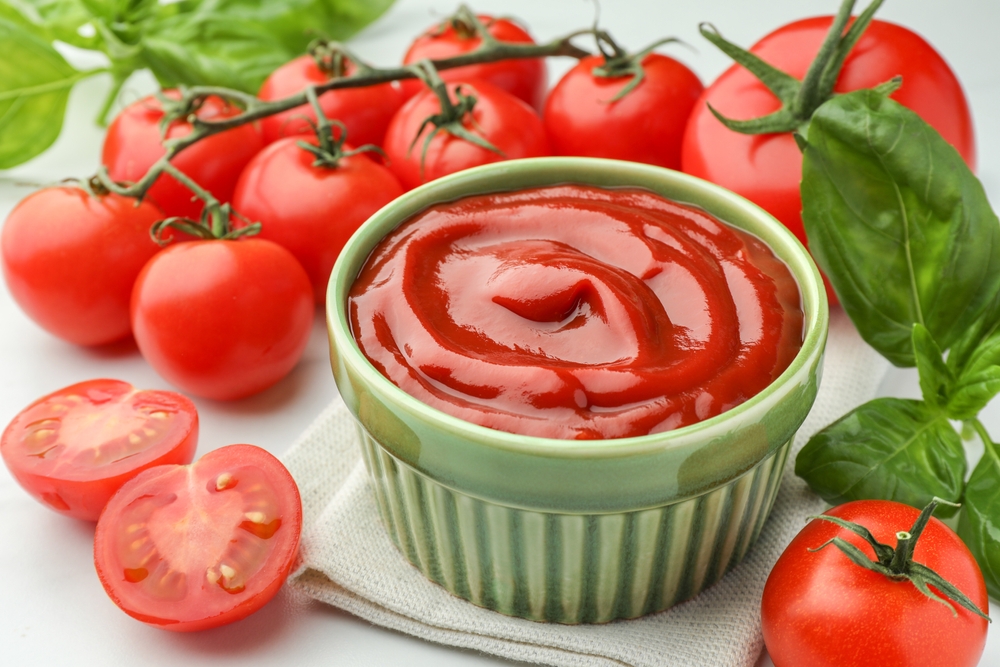
Ketchup is a staple in many households, but it’s one of the biggest hidden sources of sugar. Just one tablespoon of ketchup contains nearly 4 grams of sugar. That adds up quickly when you’re dipping fries or adding it to your burger. The sugar in ketchup usually comes from added sweeteners like high-fructose corn syrup or cane sugar. Consider switching to sugar-free ketchup or using it sparingly if you’re trying to cut back on sugar. You can also make your own version with fewer sweeteners.
Bottled Smoothies

While smoothies can be a convenient way to get your fruits and vegetables, bottled versions are often loaded with sugar. Some contain as much as 50 grams of sugar per serving, much of it from fruit concentrates and added sugars. Even though these sugars come from natural sources like fruit, consuming them in liquid form can cause a rapid spike in blood sugar. It’s better to make your own smoothie at home, using whole fruits and vegetables, where you can control the ingredients. You’ll get more fiber and fewer unnecessary sweeteners.
Salad Dressing
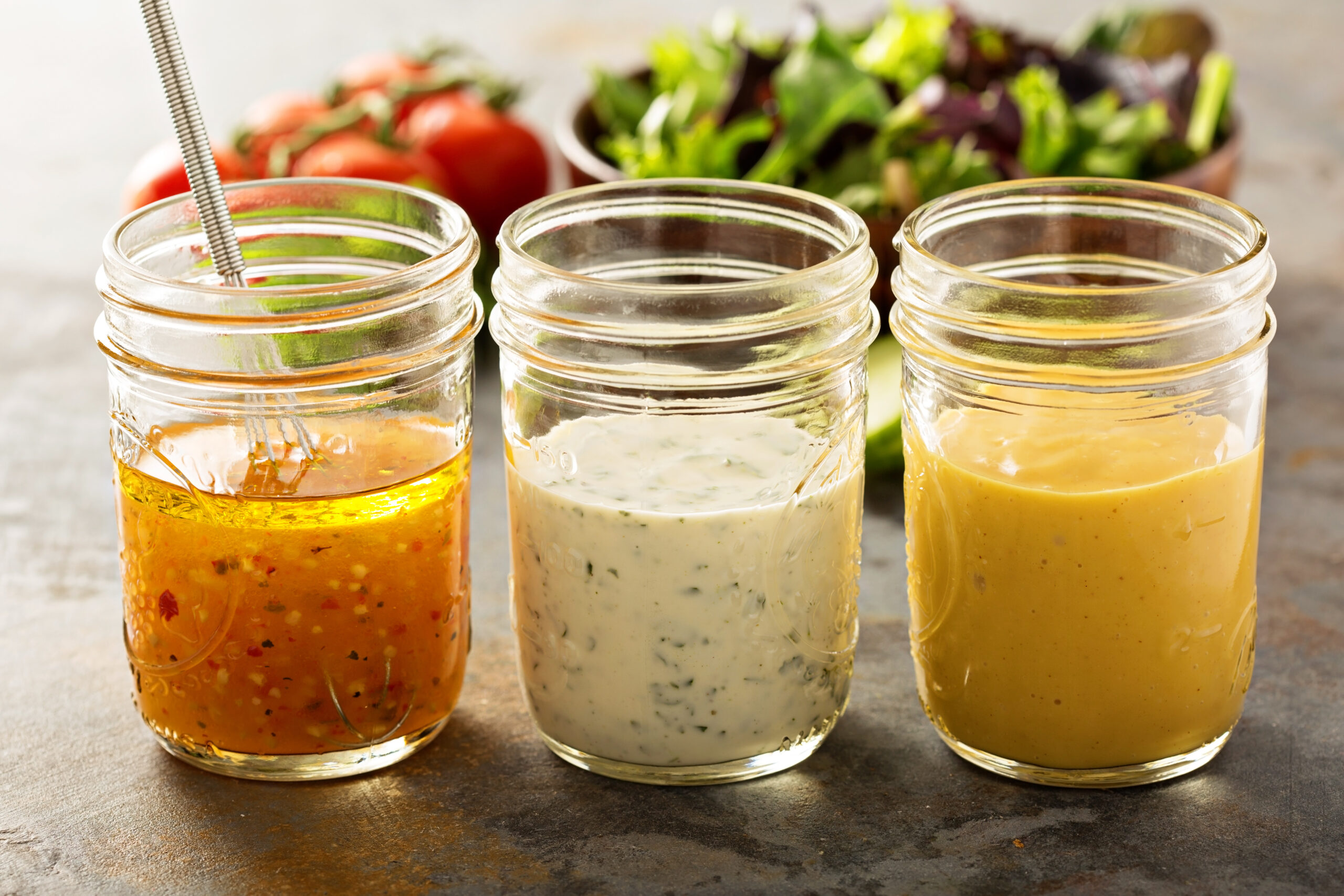
Salad dressings, especially low-fat or “light” varieties, can be surprisingly high in sugar. To make up for the loss of flavor when reducing fat, manufacturers often add sugar to keep it tasty. Some dressings have up to 7 grams of sugar per two-tablespoon serving, especially in fruity or creamy options. Sugar is often listed under sneaky names like dextrose, corn syrup, or maltodextrin, so always read the label. Opting for homemade vinaigrettes can be a healthier alternative that lets you control the sweetness.
Canned Tomato Sauce
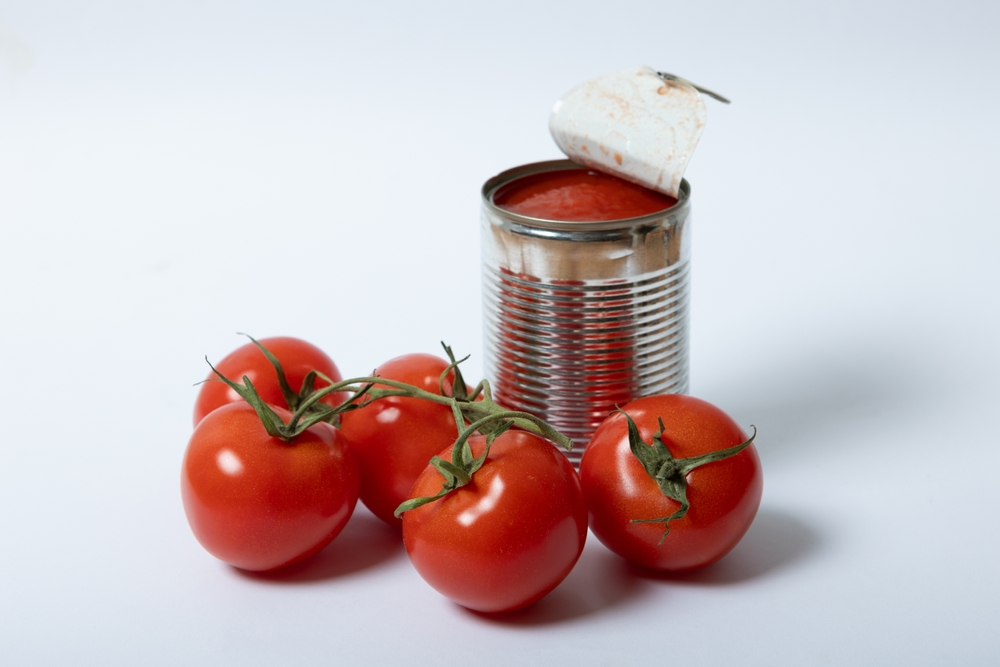
Canned or jarred tomato sauces are convenient, but they often come with hidden sugar. Many brands add sugar to balance the acidity of the tomatoes, with some sauces containing up to 12 grams of sugar per serving. That’s about three teaspoons of sugar in just one cup of sauce. To cut down on your sugar intake, look for brands that don’t add sugar or make your own sauce at home. Fresh tomatoes and herbs can bring out natural sweetness without the extra sugar.
Breakfast Cereals

Many breakfast cereals are marketed as healthy, especially those labeled as “whole grain” or “fortified.” However, a single serving can contain anywhere from 10 to 20 grams of sugar, particularly in cereals targeted at children. Even seemingly healthy options like granola or bran cereals can be sugar-laden. The sugar comes from added sweeteners like honey, molasses, or high-fructose corn syrup. Reading the nutrition label carefully can help you choose cereals with less added sugar, or you can switch to unsweetened versions and add fruit for natural sweetness.
Fruit Snacks
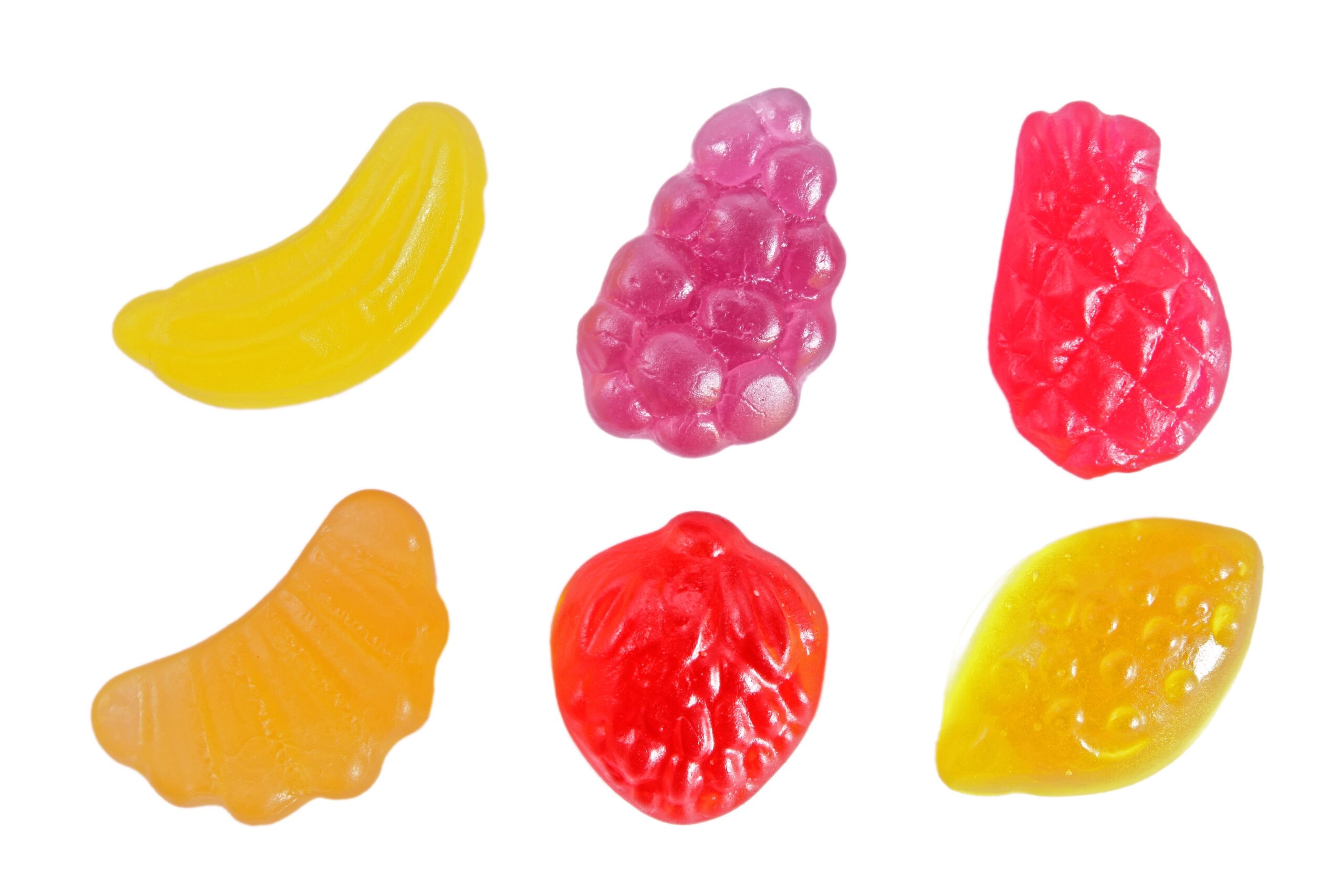
Fruit snacks, often marketed as a healthy alternative to candy, can be packed with sugar. A small serving can contain up to 20 grams of sugar, mostly from fruit concentrates and added sweeteners. These snacks may seem healthy due to their fruit content, but they often lack fiber and are closer to candy than actual fruit. If you’re looking for a fruity snack, opt for whole fruit or dried fruit with no added sugars. This will help you avoid unnecessary sugars and get the full nutritional benefits of fruit.
Flavored Coffee Creamers
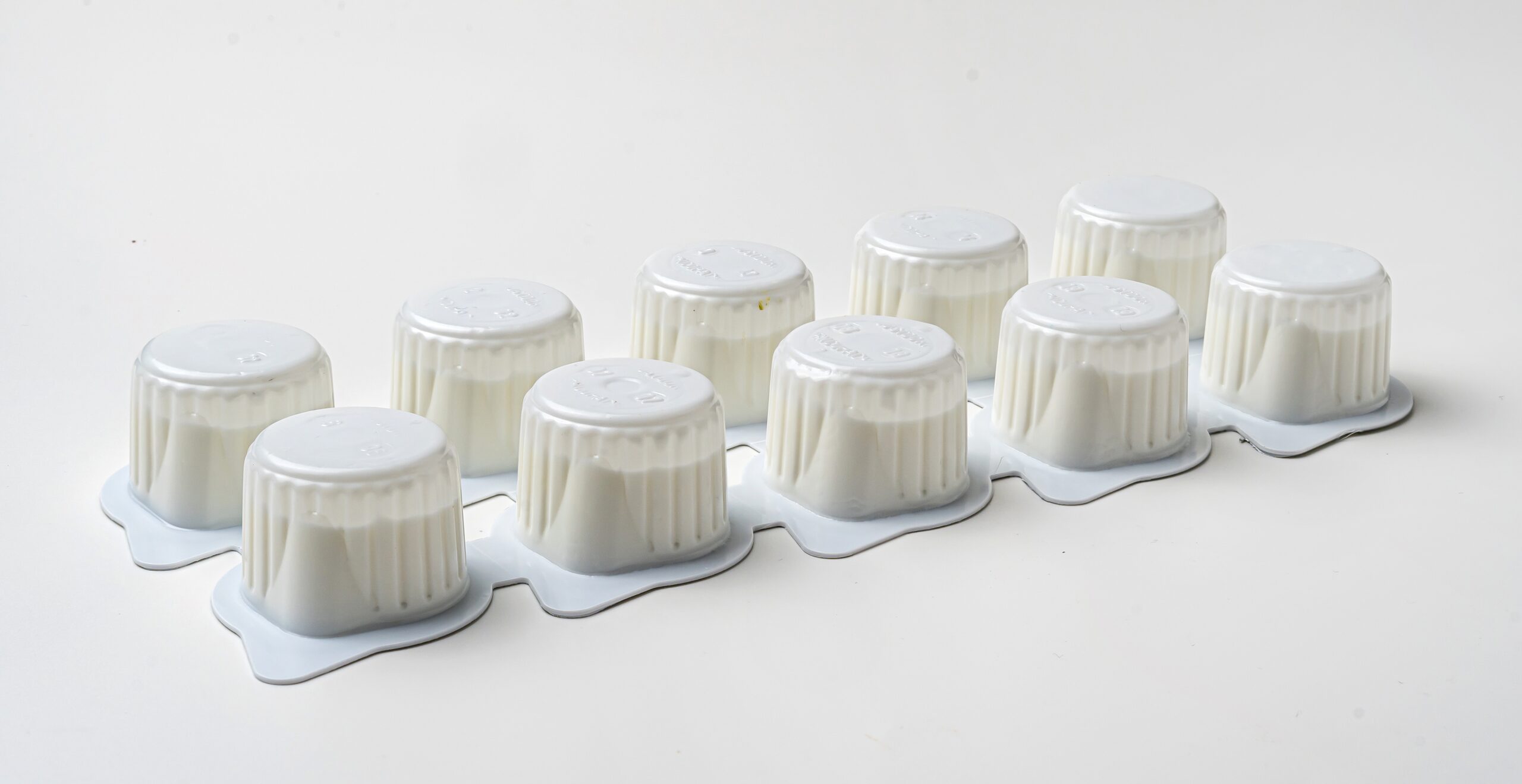
If you use flavored coffee creamers in your morning cup of joe, you might be consuming more sugar than you realize. Many creamers contain up to 5 grams of sugar per tablespoon, and if you use more than one, that adds up quickly. Creamers are often sweetened with high-fructose corn syrup, cane sugar, or other additives to enhance flavor. Switching to unsweetened creamers or using milk and a small amount of sugar can help you control your sugar intake. You could also try flavoring your coffee with spices like cinnamon or vanilla extract for a sugar-free option.
Canned Fruit
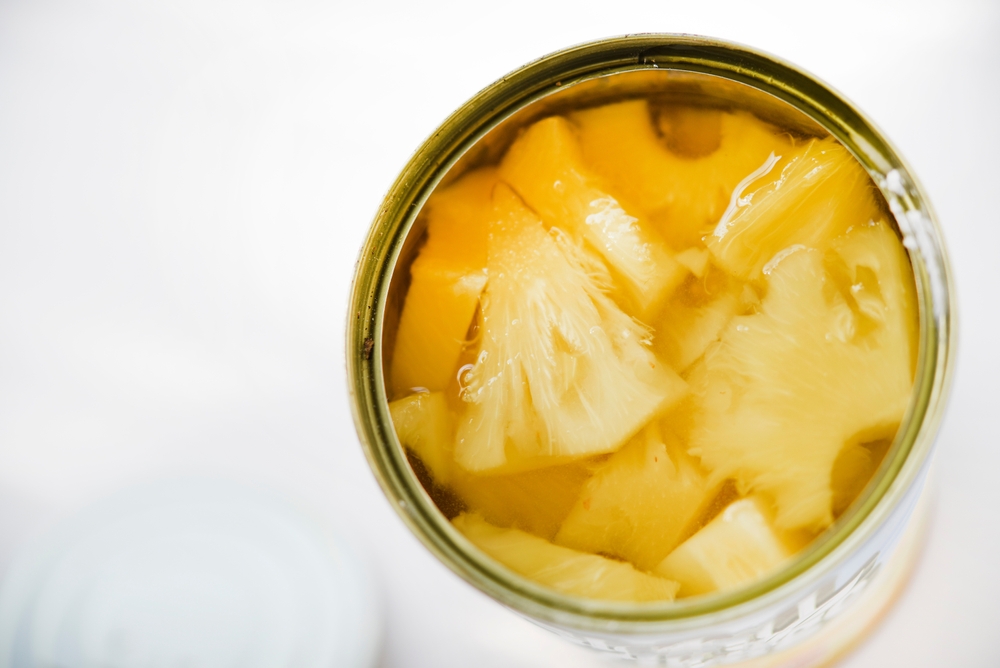
Canned fruit often comes in syrup, which adds a significant amount of sugar. Even fruit labeled as “light syrup” can contain up to 20 grams of sugar per serving. The syrup is essentially sugar water, which strips the fruit of its natural benefits. Opting for canned fruit packed in water or its own juice is a better choice if fresh fruit isn’t available. Draining and rinsing the fruit can also help remove some of the added sugars, though it’s always best to stick with fresh whenever possible.
Sports Drinks
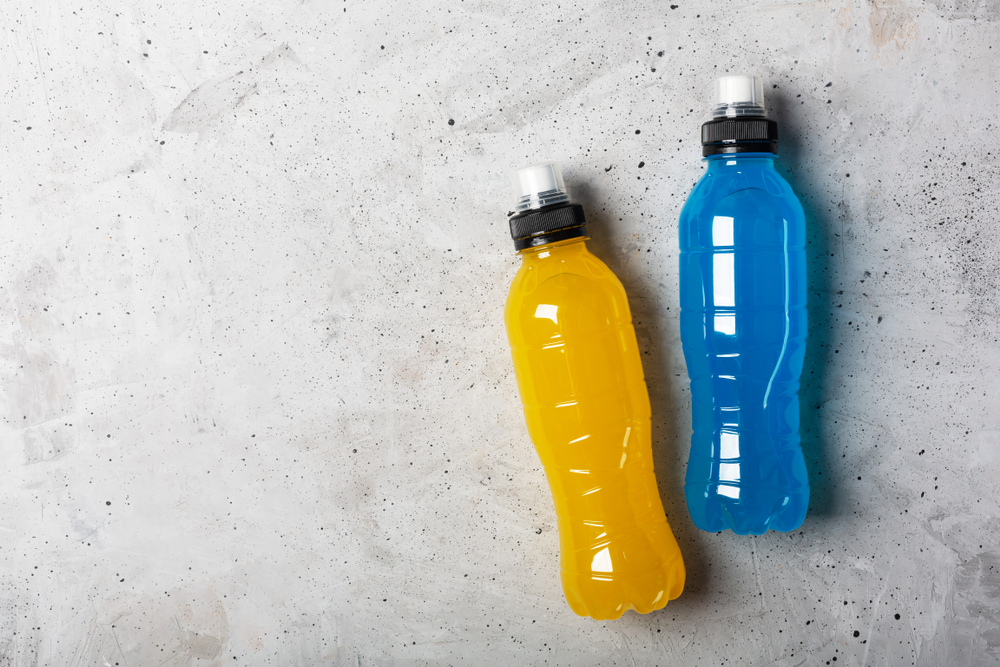
While sports drinks are marketed as a way to replenish electrolytes after exercise, they can also be high in sugar. A single bottle can contain up to 34 grams of sugar, which is more than 8 teaspoons. The sugar is often included to provide quick energy, but for most people, water is sufficient for hydration. Unless you’re engaging in prolonged, intense physical activity, the added sugar in sports drinks can be unnecessary. Consider opting for electrolyte tablets that dissolve in water without the extra sugar, or simply drink water with a pinch of salt and lemon.
Instant Noodles

Instant noodles are a quick and easy meal, but the flavor packets often contain hidden sugar. Some brands use sugar as a flavor enhancer, adding up to 4 grams per serving. While this might not seem like much, combined with the high sodium content, instant noodles can be a less-than-healthy option. Checking the ingredients list can help you find versions with less sugar, or you can flavor your noodles with your own spices and sauces for better control. Consider adding vegetables and lean protein to make it a more balanced meal.
Barbecue Sauce
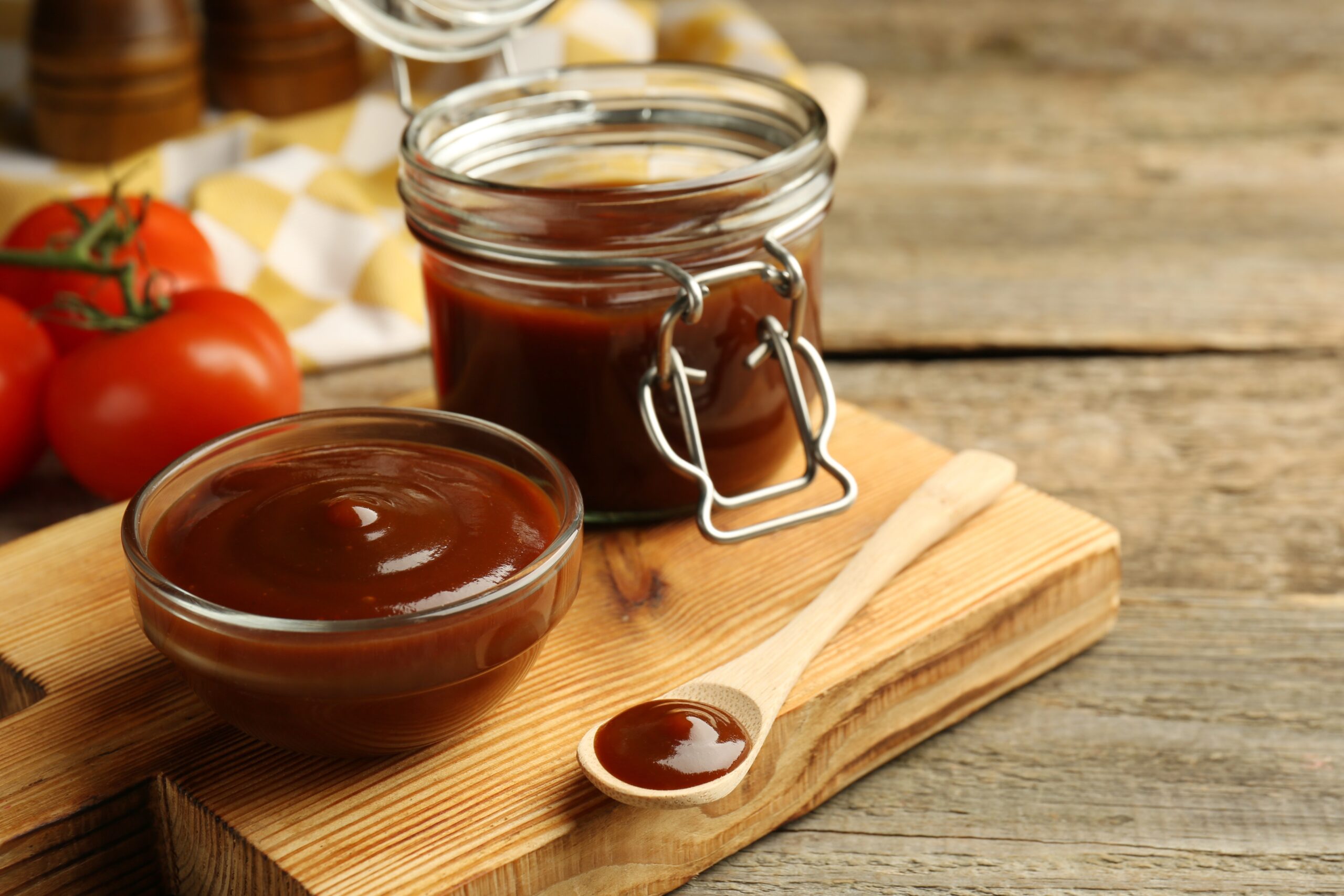
Barbecue sauce is known for its sweet, tangy flavor, but that sweetness comes from sugar. A two-tablespoon serving can contain up to 16 grams of sugar, depending on the brand and flavor. The sugar comes from ingredients like molasses, honey, or corn syrup. While barbecue sauce can add flavor to grilled foods, it’s important to use it sparingly if you’re trying to cut back on sugar. Opt for sugar-free versions or make your own sauce using natural sweeteners like dates or apples.
Instant Pudding Mixes
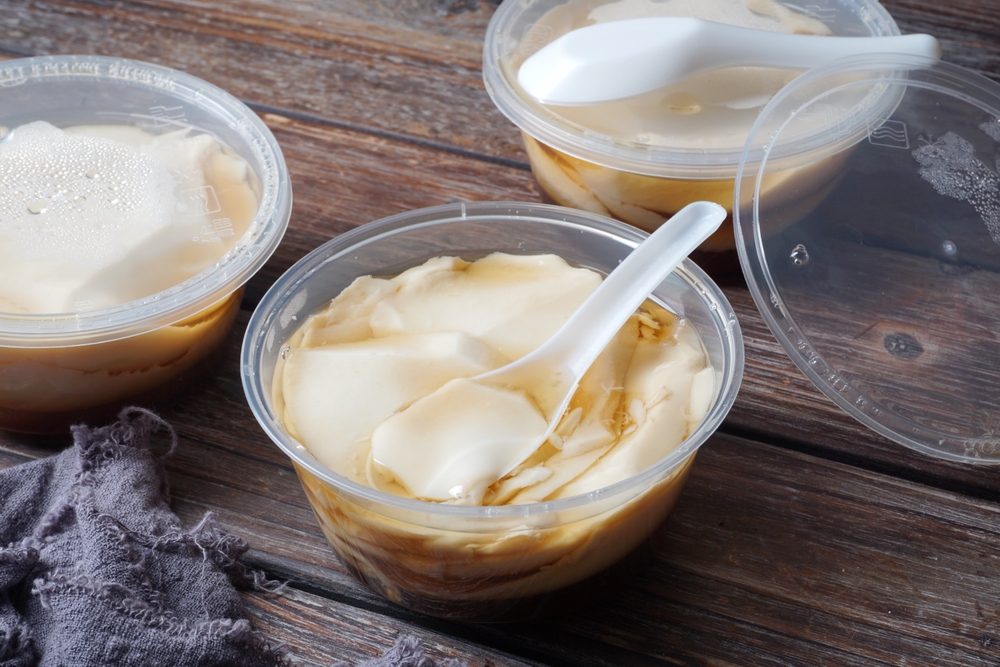
Instant pudding mixes are a quick and easy dessert option, but they’re often packed with sugar. A single serving can contain up to 20 grams of sugar, and if you add sweetened milk or toppings, the total sugar content skyrockets. The sugar in these mixes often comes from both sugar and corn syrup, which are added to enhance the flavor and texture. If you’re craving pudding, consider making a homemade version where you can control the sugar. There are also low-sugar pudding alternatives available on the market.
Fruit Juices
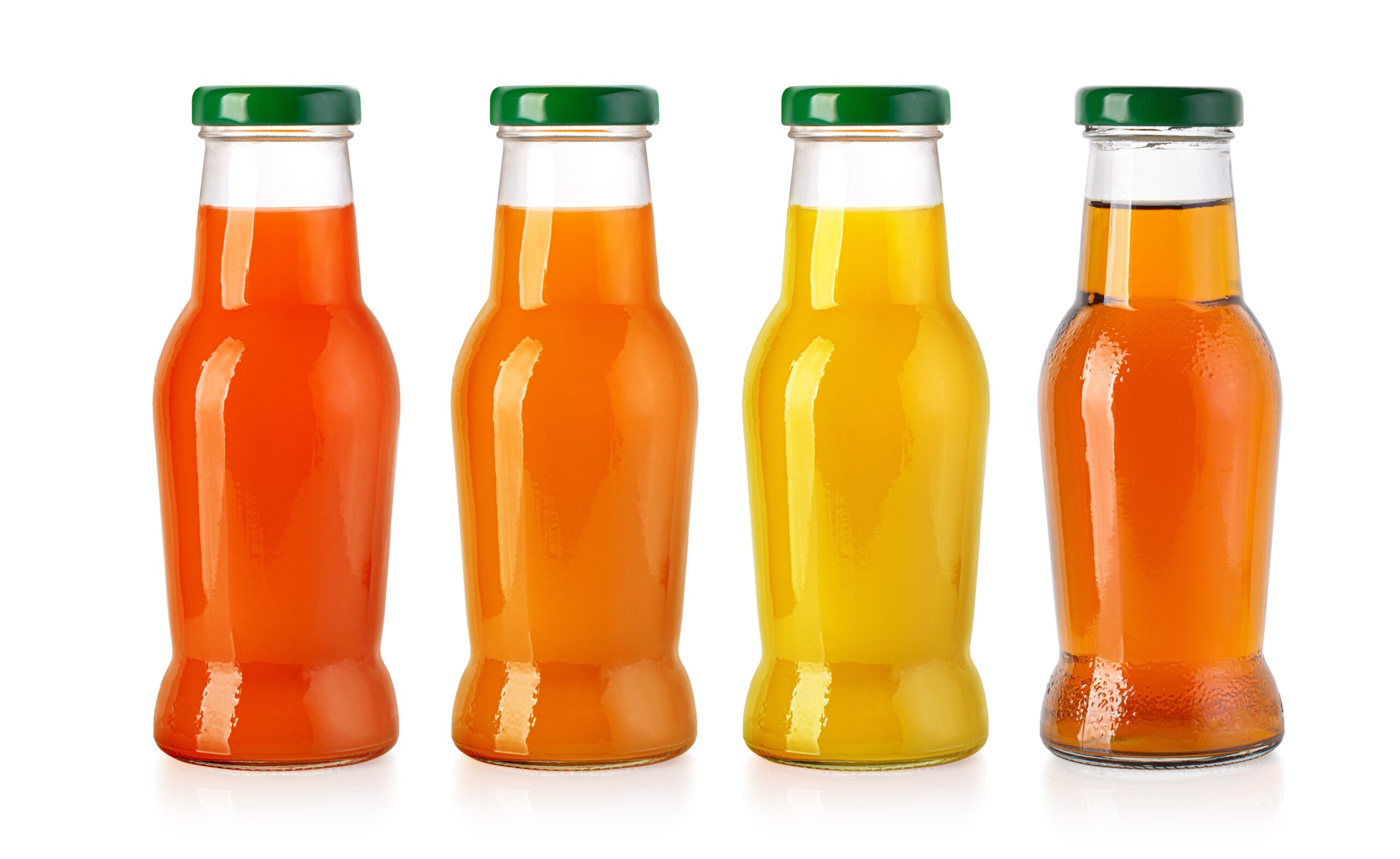
Even 100% fruit juice can be high in sugar, as it concentrates the natural sugars from fruit without the fiber. A glass of orange juice, for example, can contain up to 24 grams of sugar. While it’s a natural form of sugar, it can still cause a spike in blood sugar levels, especially when consumed in large quantities. If you enjoy juice, try diluting it with water or opt for eating whole fruits, which provide fiber and other nutrients. This can help you feel fuller and avoid consuming too much sugar at once.
Breakfast Muffins
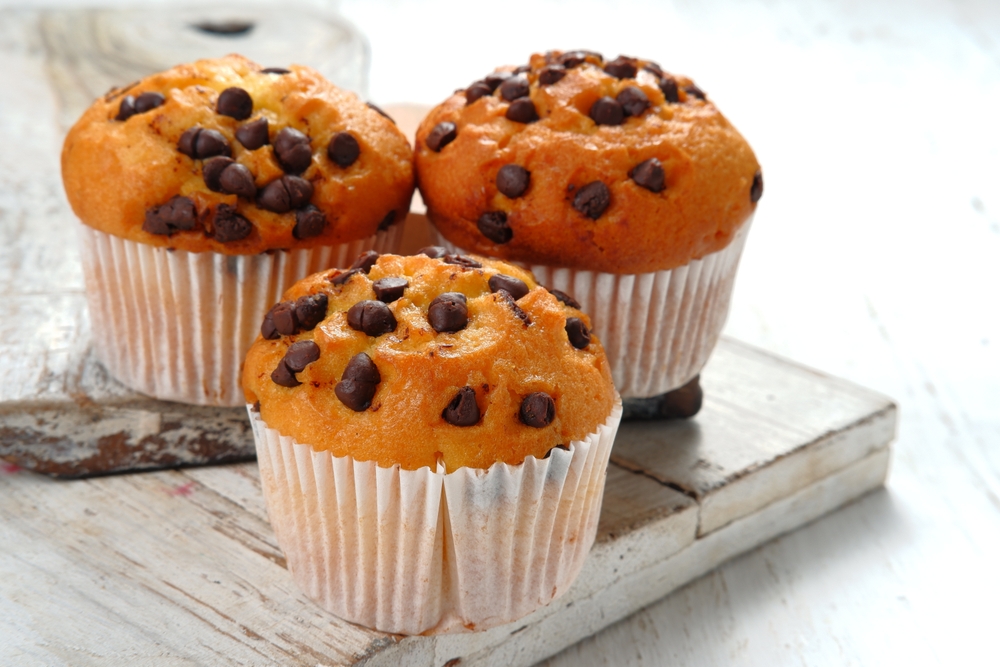
Packaged breakfast muffins, even those labeled as “whole grain” or “low fat,” can contain a surprising amount of sugar. Some muffins pack up to 30 grams of sugar per serving, especially if they contain added ingredients like chocolate chips or fruit fillings. The sugar often comes from both the batter and the toppings, making them more like dessert than breakfast. If you’re a fan of muffins, try baking your own at home using whole grains and natural sweeteners like honey or mashed bananas. This allows you to control how much sugar goes into your morning treat.
This article originally appeared on RetailShout.
More From RetailShout
14 Fast Food Icons Known for Their Signature Items
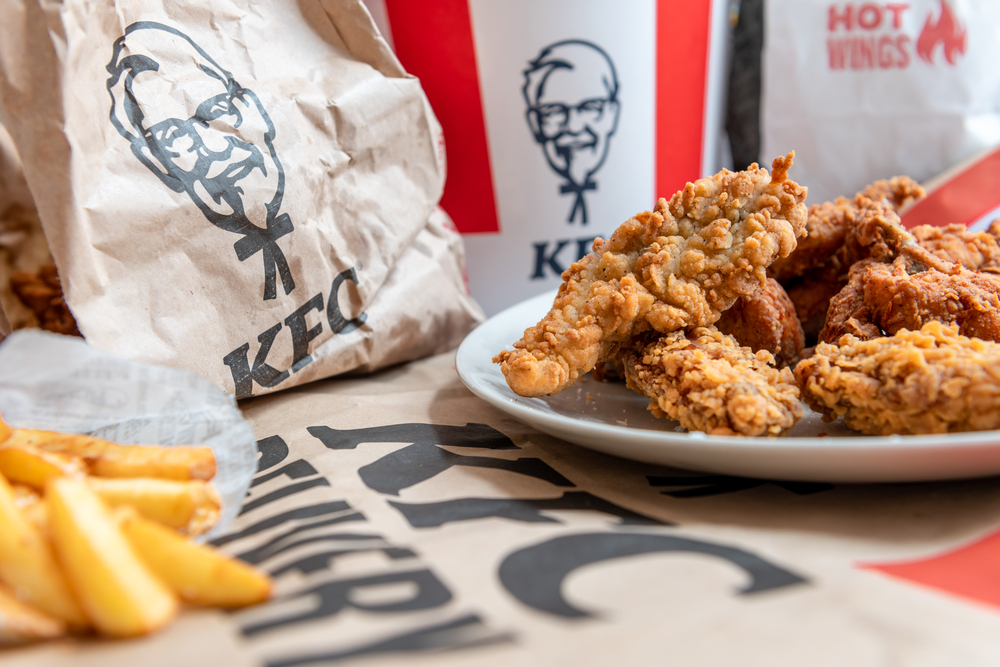
Fast food is more than just a quick bite—it’s a cultural phenomenon, with certain items standing out as timeless favorites. Whether it’s the crispy fries you can’t resist or the iconic burgers that made these places famous, some fast food chains are instantly recognized for their signature dishes. Read More.

Cooking mushrooms might seem simple, but there are common mistakes that many of us make without even realizing it. These errors can ruin their texture and flavor, turning a delicious ingredient into a soggy or rubbery mess. Read More.
10 Coffee Concentrates You’ll Love, Ranked by Quality

Craving a bold coffee experience with minimal effort? Coffee concentrates might just be your new best friend. These powerful brews pack a punch, offering rich flavor and unparalleled convenience. Read More.

